Scientist of the Day - Ismael Boulliau
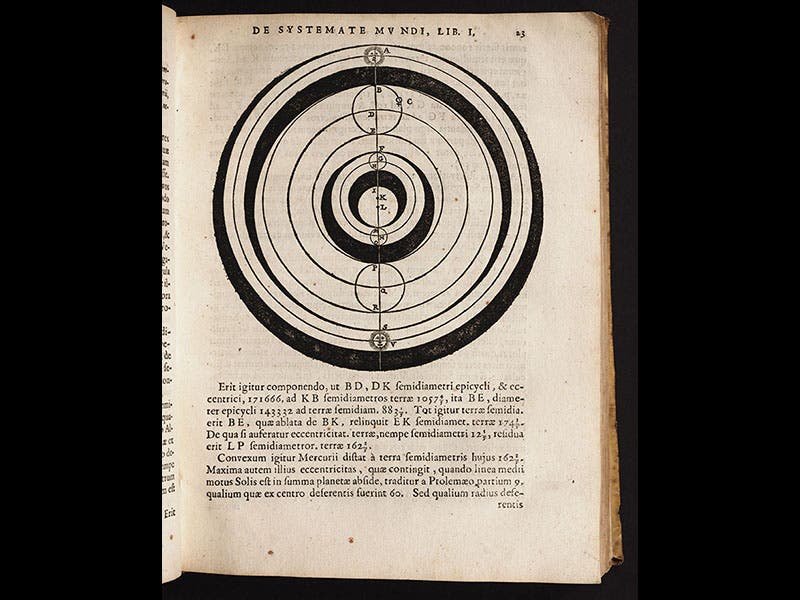
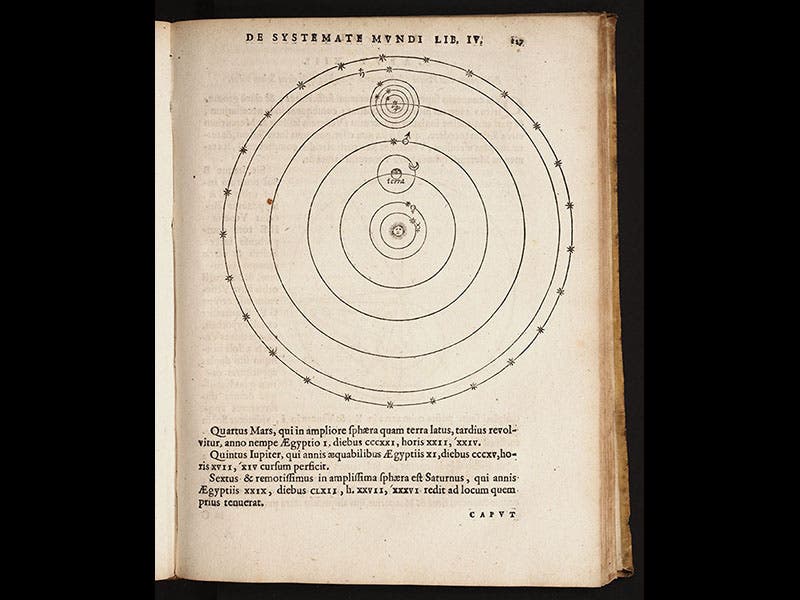
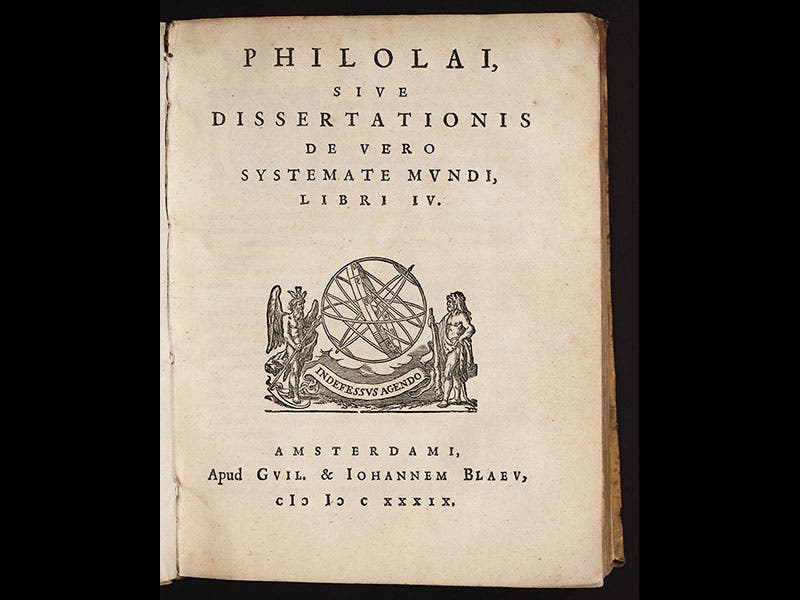
Ismael Boulliau, a French astronomer and correspondent, was born Sep. 28, 1605. In an age before the existence of scientific societies and their journals, much of the burden for the exchange of scientific information rested on the shoulders of a few self-chosen individuals. Marin Mersenne was one of those tireless letter-writers, working from the cell of his convent in Paris and letting the rest of the world now what René Descartes and Blaise Pascal were doing. But Bouillau was even more indefatigable than Mersenne. He wrote some 10,000 letters over the course of 60 years, of which some 5000 still survive, describing the work of such friends as Christian Huygens and Pierre Gassendi.
Boulliau was also an ardent Copernican, which was not all that rare in the 1640s, but still, the number of pro-Copernican treatises published before 1660 was relatively small. Boulliau published two of them. The first, Philolai, sive, dissertationis de vero systemate mundi (Philolaus, or a dissertation on the true system of the world, 1639), was a modest octavo volume, but Boulliau made his cosmological position quite clear. Early in the book he inserted a woodcut showing the orbs of the innermost planets and the Sun as they must be if all these bodies orbit the earth (first image), and the chapter title says: “The ancient system of the Syntaxis (Ptolemy’s Almagest) demonstrated to be absurd, if not impossible.” Later he introduces a woodcut of the heliocentric system of Copernicus (second image), which he labels: “The true system of the world.”
When he compiled the Philolai, Boulliau had not yet discovered Kepler, but by the time he wrote the Astronomica philolaica (1645), he had become an ardent Keplerian, meaning he subscribed to elliptical solar orbits and Kepler’s planetary laws. This second book is a large folio, in contrast to the petite Philolai, and we have it in our collection as well, although no images have been digitized. The world "Philolaus" in both titles refers to the ancient Pythagorean who first proposed that the earth is a planet. Note from the title page of the Philolai (fourth image) that it was published by Willem and Joan Blaeu; Joan was featured here just last week.
A pamphlet of Boulliau's that we do not have is his Ad astronomos monita duo (Two notices to astronomers, 1667), in which he disclosed that mira Ceti, that mysterious star in the constellation of the Whale that often disappears from view, is actually a "periodic variable" star, meaning that its change in brightness is regular and cyclical, and he measured its period as 333 days, which is very close to the modern value. This was the first periodic variable ever identified and measured. Boulliau lived to be 89 years old and was still publishing mathematical treatises right up to his death in 1694. The portrait above (third image) was published two years after he died, in a portrait book that we have in our collection.
Dr. William B. Ashworth, Jr., Consultant for the History of Science, Linda Hall Library and Associate Professor, Department of History, University of Missouri-Kansas City. Comments or corrections are welcome; please direct to ashworthw@umkc.edu.

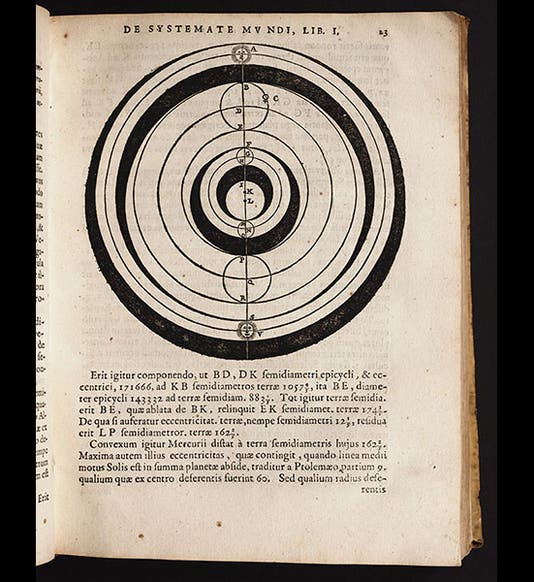
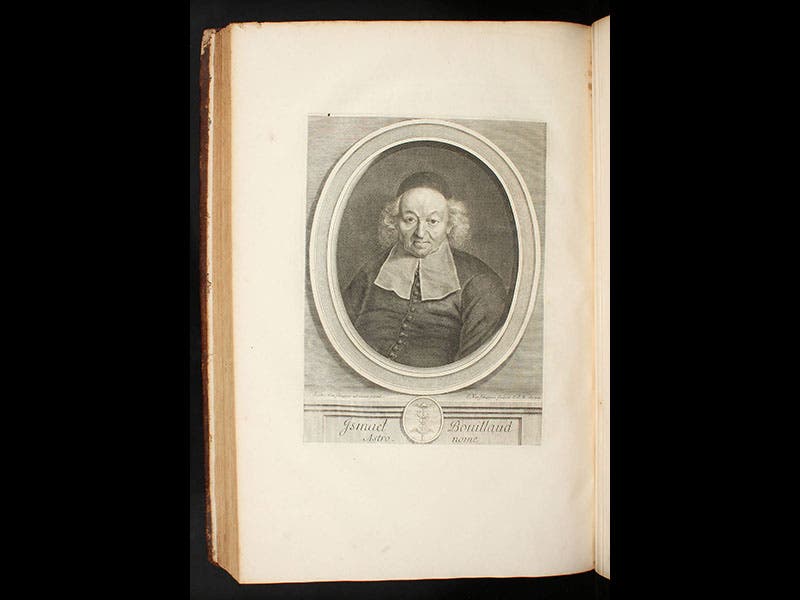


![Using an astrolabe to measure the depth of a well, woodcut in Elucidatio fabricae vsusq[ue] astrolabii, by Johannes Stöffler, 1513 (Linda Hall Library)](https://assets-us-01.kc-usercontent.com:443/9dd25524-761a-000d-d79f-86a5086d4774/a998eb50-55d2-4a88-ace2-a50aa5fa86e7/Stoffler%201.jpg?w=210&h=210&auto=format&fit=crop)

